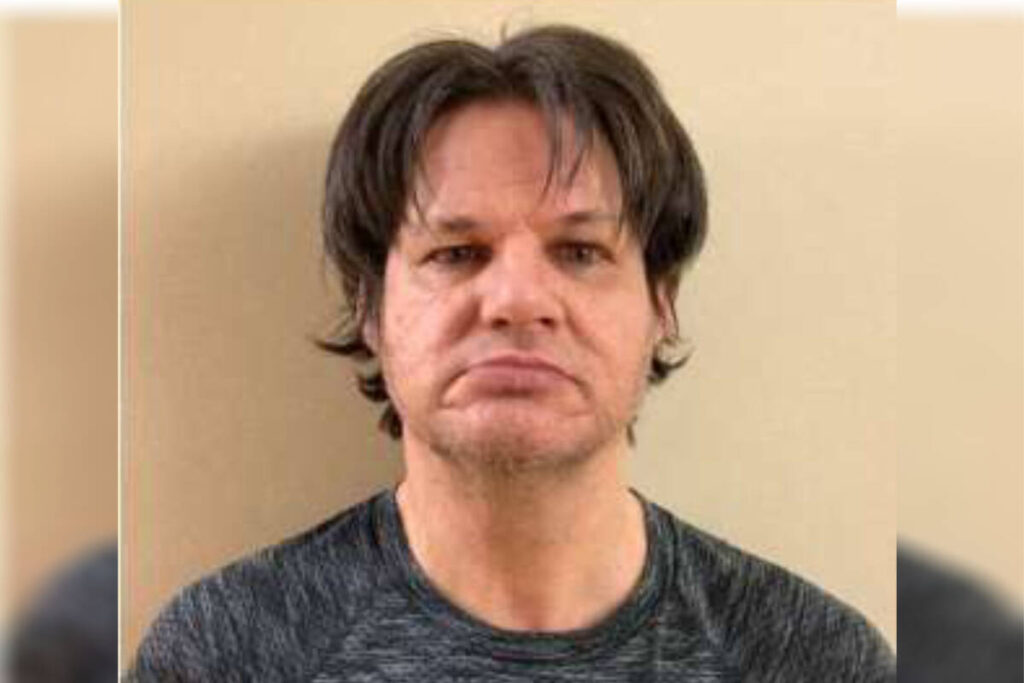
Introduction
The case of Randall Hopley, a Canadian man convicted of kidnapping, has been a focal point for discussions surrounding criminal justice, public safety, and mental health issues. Hopley, who was found guilty of abducting a young boy in 2011, served a lengthy prison sentence before being released under strict conditions. His case raises important questions about rehabilitation, society’s perception of offenders, and the legal standards surrounding parole.
The Circumstances of the Case
Randall Hopley, now in his late 50s, gained notoriety after he took a three-year-old boy from his home in Sparwood, British Columbia, triggering a massive police search and public outcry. Hopley was apprehended and charged with kidnapping, eventually receiving a 5-year sentence, which he completed in 2016. Following his release, he has been under continuous supervision and has made periodic news headlines due to his actions and interactions with law enforcement.
Recent Developments
In recent months, various communities in British Columbia have raised concerns about Hopley’s presence in their area. Reports indicate he has repeatedly violated the conditions of his release, leading to a brief return to custody. Local organizations and residents are actively engaged in discussions about how best to manage and monitor individuals who have committed serious offenses while balancing their rights as rehabilitated citizens. The most recent incidents have prompted the Justice Ministry to review policies involving high-risk offenders and their reintegration into society.
Impact on Local Communities
Although Hopley’s case is unique, it has brought attention to broader issues concerning public safety and community preparedness. Advocacy groups have called for improved communication between law enforcement and residents when high-risk individuals are released into neighborhoods. Town hall meetings and community forums are increasingly becoming platforms for dialogue about safety practices and offender management. Furthermore, the implications of mental health care resources and support systems for individuals who have committed crimes are also on the radar of policy-makers.
Conclusion
The developments surrounding Randall Hopley are a potent reminder of the challenges faced by communities, justice systems, and offenders alike. As debates continue about legislation, rehabilitation practices, and community safety, residents are urged to stay informed and involved. The Hopley case may serve as a catalyst for additional reforms aimed at ensuring safer environments while also promoting fair and humane treatment of those who have served their time. As society seeks a balance between punishment and rehabilitation, the long-term implications of Hopley’s situation will likely resonate well beyond British Columbia.




